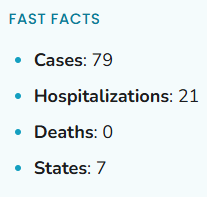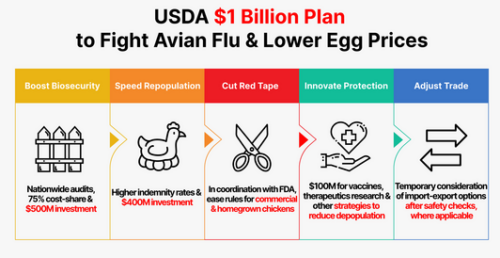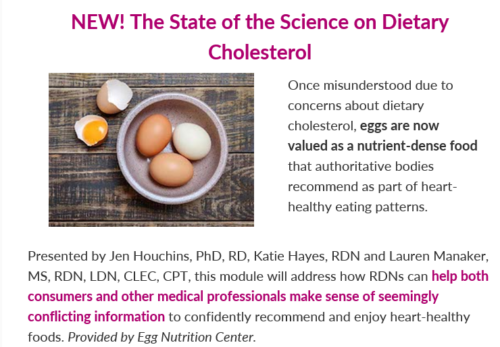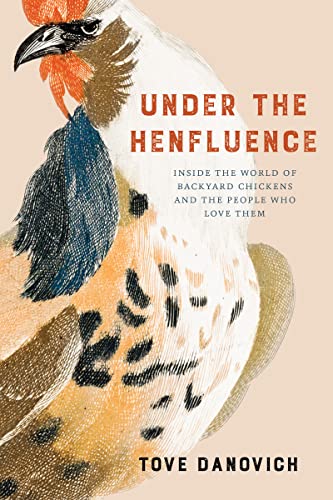The latest food safety scandal: Salmonella in eggs—again
This post from food safety lawyer Bill Marler got my attention: 20,400,000 Salmonella tainted Cage Free, Organic Eggs recalled after 79 Sickened: According to the FDA, California-based August Egg Company of Hilmar is recalling 1,700,000 dozen brown cage-free and brown certified organic eggs due to potential contamination. A total of 79 people infected with the outbreak strain of Salmonella have been reported from seven states. Illnesses started on dates ranging from February 24, 2025, to May 17, 2025. Twenty-seven… Continue Reading
The FDA’s report of its investigations is here.
The FDA and CDC, in collaboration with state and local partners, are investigating illnesses in a multistate outbreak of Salmonella Enteritidis infections linked to brown cage free eggs and brown certified organic eggs supplied by August Egg Company, Hilmar, CA.
The CDC’s account of this investigation is here.

The CDC notes:
The true number of sick people in this outbreak is also likely much higher than the number reported. This is because many people recover without medical care and are not tested for Salmonella.
Comment
To endlessly repeat: Salmonella in eggs is preventable, but nobody is making egg producers do what they need to do to prevent hens from getting infected. If 79 cases and 21 hospitalizations doesn’t get you upset, ask yourself why you are inured to such information. One more time: these are preventable illnesses and hospitalizations. And no, organic and cage free conditions do not prevent hens from carrying Salmonella . And how could they? I’ve been to industrial organic egg production faciltities and have seen thousands of hens on top of each other in crowded barns. We have the laws. They need to be enforced.
Bill Marler keeps insisting that we put him out of business. Let’s do that.








